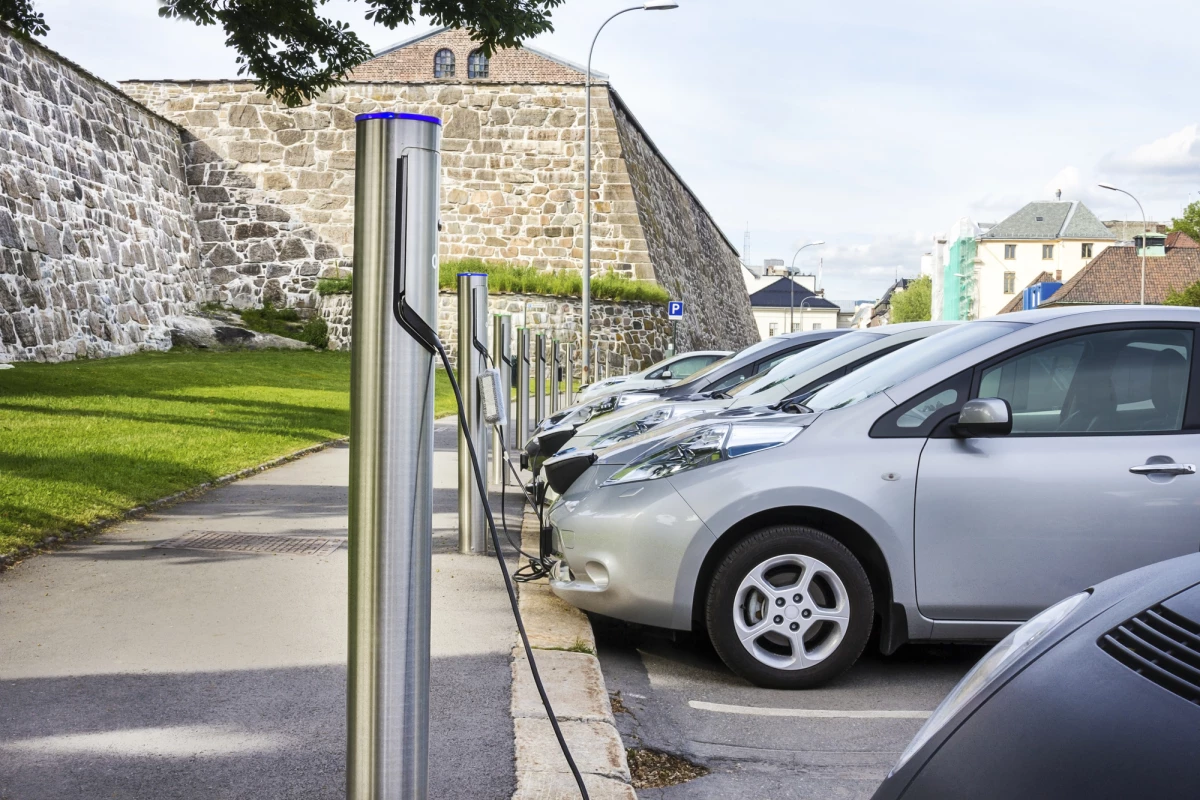While electric vehicles usually cost more for the consumer at the point of purchase, a new study has applied a much broader scope to the economics of green transportation and found it could actually save the US tens of billions of dollars each year. The analysis combined climate modeling with data on vehicle fleets and public health to reveal that electric vehicles (EVs) could negate significant damages brought by climate change and air pollution, in addition to preventing many premature deaths.
The emissions created by internal combustion engines are a huge contributor to the air pollution that shrouds many major cities around the globe and causes millions of premature deaths each year – and not just because of the pollution that pours out of the tailpipes.
In the case of diesel engines, the nitrogen oxide that escapes as the fuel is burned reacts with compounds in the atmosphere to create lingering clouds of pollution that can lead to long-term health problems such as stroke, heart disease and lung cancer. And recent studies have shown this may be a far bigger problem than we thought.
“A good example is to look at nitrogen oxides (NOx), a group of chemicals produced by fossil-fuel combustion,” says lead author of the study and climate change researcher at Northwestern University, Daniel Peters. “NOx itself is damaging to respiratory health, but when it’s exposed to sunlight and volatile organic compounds in the atmosphere, ozone and particulate matter can form.”
Using a chemistry climate model, the team was able to simulate how these pollutants interact with the weather and emissions from other sources such as power generation, and how the picture could change depending on what percentage of electric vehicles were on the road. This was then combined with publicly available health data to ascertain the health impacts of a range of different EV-uptake scenarios.
As part of this, the team drew on US vehicle fleet and emissions data from 2014. Under one scenario, where 25 percent of the cars on the road powered by internal combustion engines (ICEs) were replaced by EVs in 2014, and they were charged by the energy infrastructure in place that year, it would have prevented 250 million tons of carbon dioxide entering the atmosphere.
To gauge the overall costs (or savings) of such measures, the scientists assigned dollar values to the climate and public health damages such levels of EV uptake would avoid. These were calculated through typical policy tools used to quantify the social cost of carbon, and a metric known as the value of statistical life.
“The social cost of carbon and value of statistical life are much-studied and much-debated metrics,” says Daniel Horton, senior author of the study. “But they are regularly used to make policy decisions. It helps put a tangible value on the consequences of emitting largely intangible gases into the public sphere that is our shared atmosphere."
Under the scenario where 25 percent of internal combustion cars were replaced with EVs, the scientists calculate it would save the US around US$17 billion each year. Under another scenario where 75 percent of ICE cars were replaced, they calculate that those savings could balloon to $70 billion a year, all while avoiding hundreds of thousands of premature deaths.
“From an engineering and technological standpoint, people have been developing solutions to climate change for years,” adds Northwestern’s Daniel Horton, senior author of the study. “But we need to rigorously assess these solutions. This study presents a nuanced look at EVs and energy generation and found that EV adoption not only reduces greenhouse gases but saves lives.”
The research was published in the journal GeoHealth.
Source: Northwestern University




